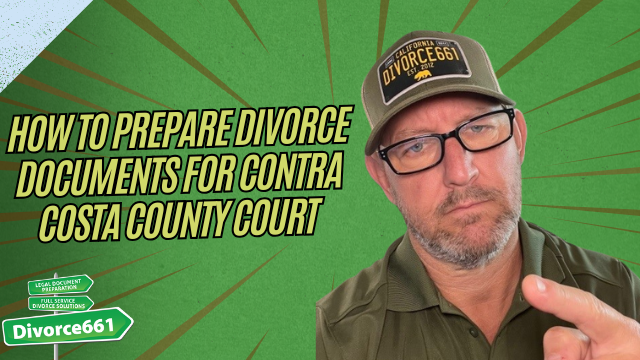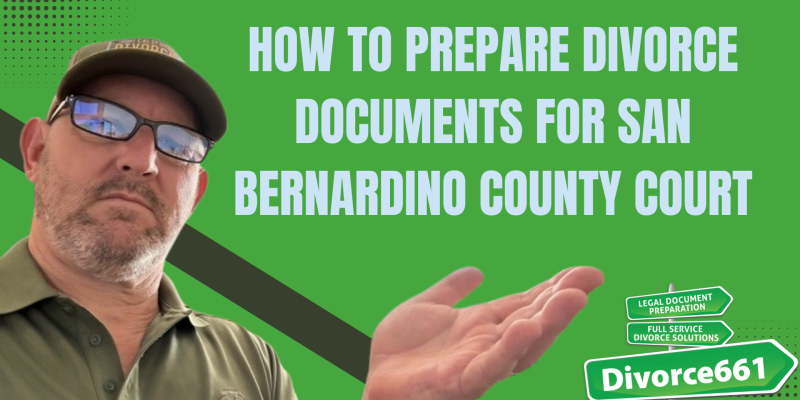How to File for Divorce in Long Beach Without Stress
Filing for divorce can feel overwhelming, but in Long Beach the process is straightforward when you know the steps. The key is to handle paperwork correctly, meet California requirements, and use the Los Angeles County electronic filing system. With an amicable approach and the right preparation, you can avoid court appearances, reduce delays, and keep costs predictable.
Where Long Beach divorces are filed
All divorces for Long Beach residents go through the Los Angeles County Superior Court. The court uses a fully electronic filing system, which means most of the process can be completed online. When forms are prepared and submitted properly, a court hearing is often not necessary.
Step-by-step: Filing a stress-free divorce
- Prepare and file the initial paperworkStart with the Petition and Summons. If you have children under 18, include the UCCJEA form, which gives the court information about where the children have lived so jurisdiction can be determined.
- Serve your spouse properlyYour spouse must be served with the Petition and Summons. Service can be done by personal delivery, or if your spouse is cooperative they can sign a Notice of Acknowledgement and Receipt which saves time and expense.
- Exchange financial disclosuresCalifornia law requires financial disclosures in every divorce, even if both parties agree. These documents include income information, assets, debts, and supporting documents such as pay stubs and tax returns. Completing disclosures thoroughly prevents later surprises and delays.
- Create a settlement agreement if you agree on termsIf both parties are on the same page, draft a settlement agreement that covers division of property, support arrangements, and parenting decisions. A clear agreement makes it possible to submit a judgment package to the court without courtroom appearances.
- Submit the judgment package for approvalOnce paperwork, disclosures, and the proposed judgment are ready, submit the package to the court. In many amicable cases the court approves the judgment without any hearings.
What to expect on timing and cost
When both spouses cooperate and paperwork is handled promptly, the entire process can move quickly. For example, a fully agreed case with correct filings, proper service, and completed disclosures can be filed and finalized within a couple of weeks.
Using a flat fee service and remote handling helps keep costs predictable and avoids hourly attorney fees. Electronic filing and remote document management eliminate the need for court visits in most amicable cases.
Common pitfalls that cause stress and delays
- Incomplete or incorrect forms lead to rejections or delays in e-filing.
- Improper service can stall the case if the court finds service was not valid.
- Missing financial disclosures can cause the court to set hearings or reject settlement terms later.
- Skipping the UCCJEA when children are involved can create jurisdictional complications.
- Assuming an informal agreement is enough without putting terms into a signed settlement and judgment package.
Realistic next steps
If you prefer to avoid stress and handle everything remotely, consider a full service solution that prepares and files documents, coordinates service, manages disclosures, and submits the judgment for court approval. A properly managed process reduces the chance of unnecessary hearings and saves time.
To move forward, gather basic information about your marriage, assets, debts, income, and any children. Having pay stubs and recent tax returns on hand will speed the disclosure process.
Final reassurance
Filing for divorce in Long Beach does not have to be confusing or adversarial. With accurate paperwork, proper service, complete financial disclosures, and a clear settlement agreement when possible, you can resolve your case efficiently and with minimal stress.
For help handling the paperwork and filings remotely, visit Divorce661.com or schedule a free consultation at https://divorce661.com/divorce661-consultation/.










